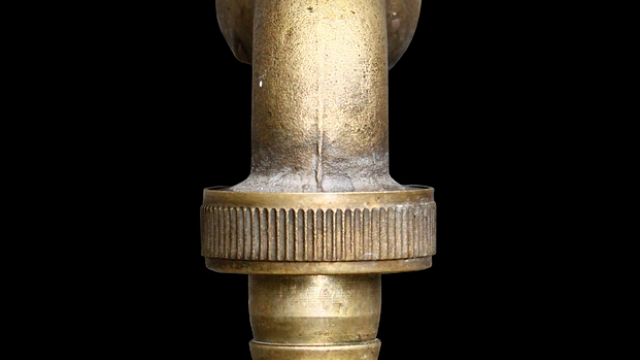
Plumbing is an essential aspect of our daily lives, often taken for granted until an issue arises. From the simple convenience of turning on a tap and expecting clean water to flow, to sophisticated drainage systems that keep our homes hygienic, plumbing plays a crucial role in maintaining the functionality and comfort of buildings. Whether it’s in residential homes, commercial buildings, or industrial facilities, the intricate network of pipes and fixtures that make up a plumbing system is a silent hero that keeps everything running smoothly. Let’s delve into the world of plumbing and explore the fascinating details behind this hidden infrastructure that we rely on every day.
History of Plumbing
Plumbing has been an essential part of human civilization for centuries, dating back to ancient civilizations such as the Indus Valley and Mesopotamia. In these early societies, basic plumbing systems were developed to provide water supply and drainage for public baths and homes.
The Romans are credited with advancing plumbing technology significantly by developing aqueducts that transported water over long distances to urban centers. They also constructed intricate sewer systems to remove wastewater, setting the foundation for modern plumbing practices.
During the Middle Ages, plumbing fell into decline in Europe, with many relying on communal wells or rivers for water supply. It was not until the Industrial Revolution that modern plumbing systems began to emerge, with the widespread use of indoor plumbing, toilets, and pressurized water systems becoming more common.
White Kitchen Faucet
Types of Plumbing Systems
There are several types of plumbing systems used in residential and commercial buildings. One common system is the water supply system, which delivers clean water for various purposes such as drinking, cooking, and bathing. This system typically consists of pipes, fittings, and fixtures that work together to transport water throughout the building.
Another essential plumbing system is the drainage system, responsible for removing wastewater and sewage from the building. This system includes pipes that carry wastewater away from sinks, toilets, and other fixtures to the sewer or septic tank. Proper drainage is crucial for maintaining a hygienic and functional plumbing system.
In addition to water supply and drainage systems, buildings may also have a vent system that helps regulate air pressure in the plumbing system. Vents prevent vacuum conditions that can impede water flow and allow harmful gases to enter the building. By providing a means for air to enter and exit the pipes, the vent system ensures the smooth operation of the plumbing system.
Common Plumbing Issues
One common plumbing issue that homeowners frequently encounter is a dripping faucet. This seemingly minor problem can lead to significant wastage of water and an increase in utility bills if left unattended. The constant dripping noise can also be quite bothersome, making it essential to address this issue promptly.
Another prevalent plumbing issue is a clogged drain, which can occur in sinks, showers, or toilets. Clogs are often caused by a buildup of hair, grease, soap scum, or other debris in the pipes. If not addressed in a timely manner, clogged drains can result in slow drainage, foul odors, and even potential water damage in the affected areas.
Leaky pipes are also a common plumbing problem that can cause damage to the surrounding structures if not fixed promptly. Leaks can occur due to worn-out seals, deteriorated pipes, or excessive water pressure. It is crucial to inspect your plumbing system regularly to detect any leaks early and prevent costly water damage and mold growth.



